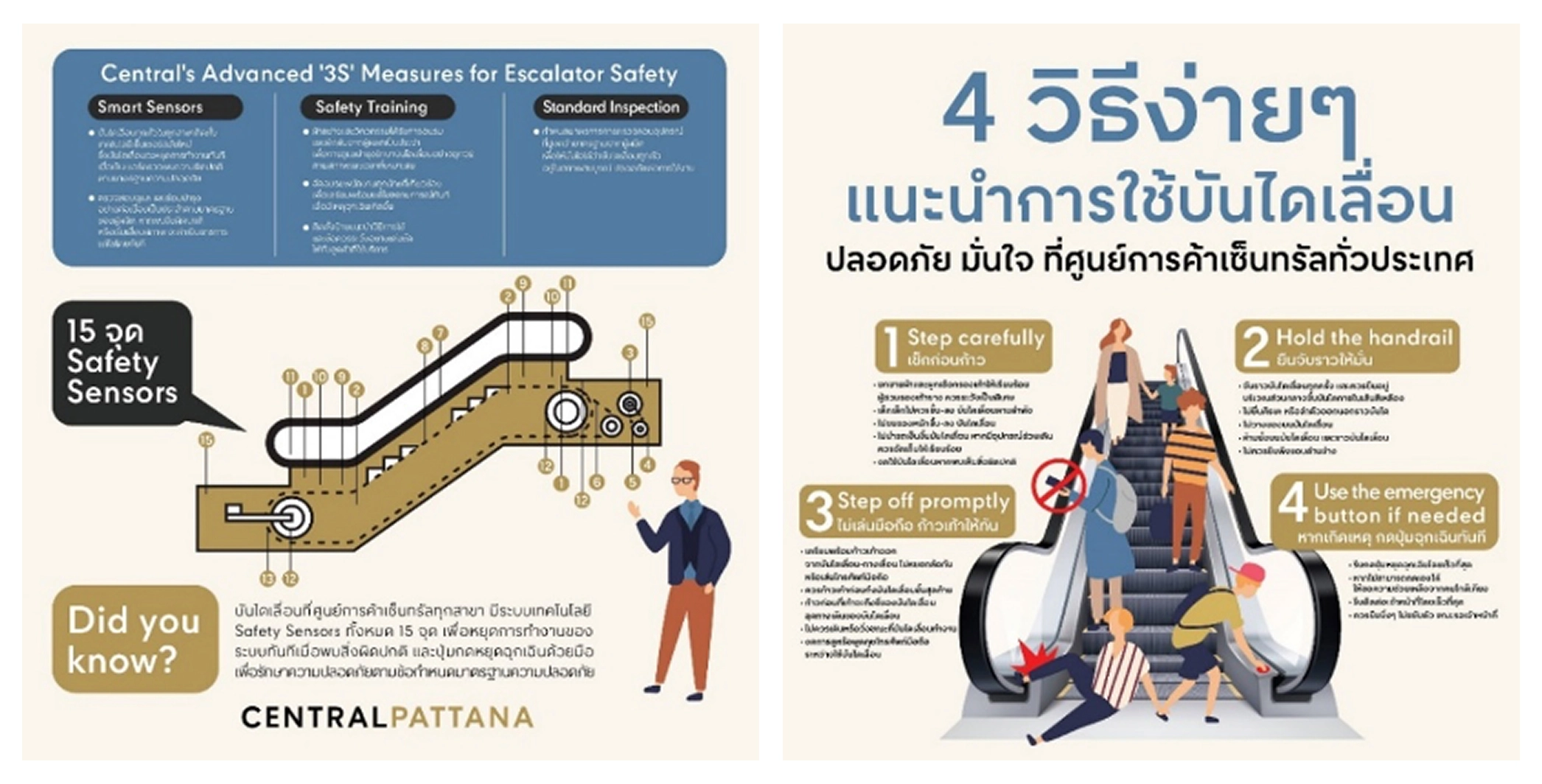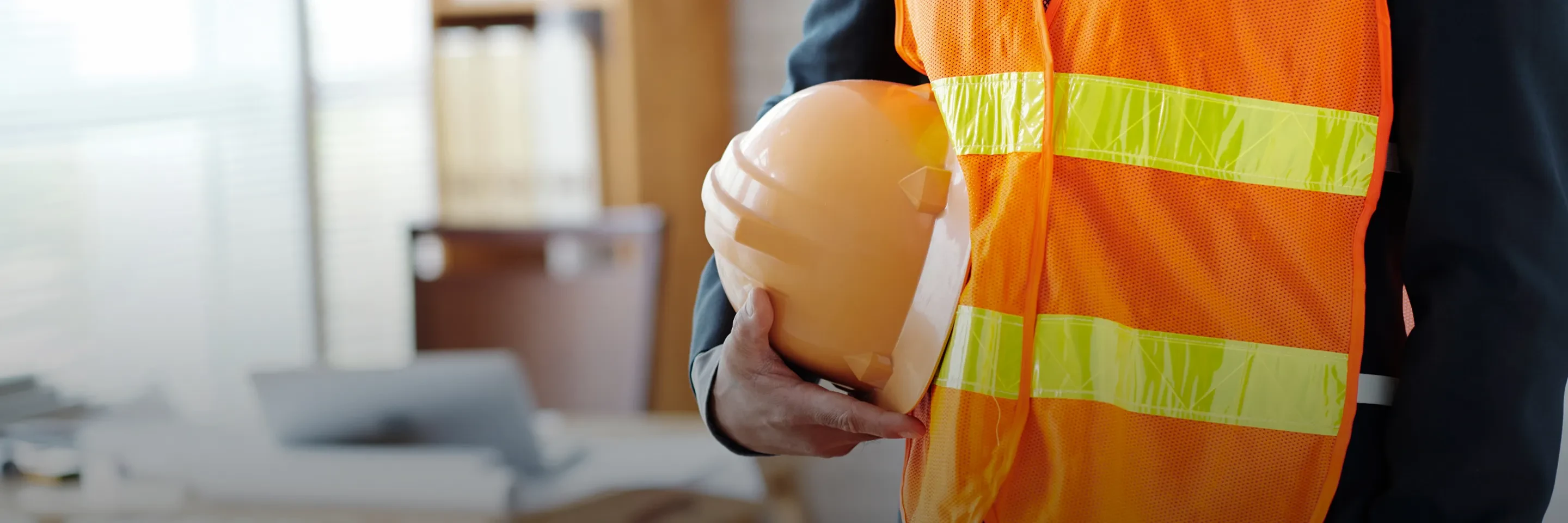
Occupational Health and Safety
Goal and Performance Highlights

Performance
Goal

Performance
Goal

Performance
Goal
Challenges and Opportunities
Central Pattana Public Company Limited operates across multiple sectors with a broad range of stakeholders, bringing both challenges and opportunities in occupational health and safety (OHS) management. The Company must ensure safety across diverse operational areas—construction sites, shopping centers, offices, and residential projects—each presenting unique risks. Managing safety across all areas is inherently complex. Furthermore, the Company must safeguard the well-being of diverse stakeholders including employees, contractors, tenants, and customers. This requires an integrated approach to operations. A significant challenge also lies in enforcing safety standards across all parties, particularly contractors and tenants, to ensure compliance with safety regulations and standards on a continuous basis. The Company must also be prepared for and responsive to emergencies such as accidents and natural disasters in geographically dispersed locations, which calls for strong planning and coordination. Collecting and analyzing safety data to identify trends, assess risks, and monitor performance remains a critical challenge that requires effective management.
Nevertheless, Central Pattana has the opportunity to elevate OHS standards by promoting a safety culture through training, communication, and stakeholder engagement. This increases awareness and accountability in implementing safety measures. Moreover, the Company can leverage technologies like the Smart Property system to manage safety, monitor incidents, and enhance emergency response efficiency.
Management Approach and Value Creation
Central Pattana Public Company Limited prioritizes safety, occupational health, and a healthy work environment by implementing the international ISO 45001 standard to establish an effective safety management system, reduce accident and occupational health risks, and cultivate a safety-first culture within the organization. The Company is certified with ISO 45001:2018 at Central Hatyai, Central Rama 3, Central Rama 9, Central Chanthaburi, and CentralWorld Offices, with plans to extend certification to other branches as part of its commitment to a safe and sustainable working environment.
The Company’s OHS management structure spans all organizational levels, with the establishment of Safety, Occupational Health, and Workplace Environment Committees (KPor) at both corporate and branch levels to drive effective implementation of safety policies. The Company also applies an integrated QSHE (Quality, Security, Safety, Occupational Health, and Environment) management system alongside ISO 45001 to ensure comprehensive coverage of quality, safety, and stakeholder well-being.
Regular safety inspections are conducted using the Color-Code Condition system, a tool to assess damages and risks and facilitate timely improvements. Technology integration further enhances safety management through the Smart Property system, which records incidents and tracks corrective actions in real-time to prevent recurrence. The installation of CCTV and safety sensors in shopping centers and construction areas bolsters monitoring and accident prevention in all dimensions.
Risk Management and Preventive Measures
Central Pattana implements comprehensive risk surveillance and prevention measures in every stage of its operations, from project development and shopping center management to workplace environmental care. Key initiatives include:
-
Safety training for employees and business partners
to raise awareness and understanding of risks and practices aligned with ISO 45001 standards
-
Installation of protective equipment and safety systems
uch as escalator safety sensors, to mitigate accident risks
-
Development of shared safety standards with partners
requiring them to implement corrective action plans when non-compliance is identified
-
Targeting zero fatalities among employees and contractors
while minimizing illness and workplace accident rates to the lowest possible level
Hazard Identification and Risk Management includes
- Risks related to construction and buildings
- Risks related to technology, equipment, maintenance, and services
- Risks related to emergency, disaster, or threat management
- Risks from contractors/subcontractors
- Risks in complying with legal obligations or commitments
- Risks of failing to achieve the organization’s objectives
Employee Participation
The Company has established Safety, Occupational Health and Working Environment Committees (OSHE Committees) at each shopping center branch and the head office, with employee participation through the election of representatives from both employers and employees, as required by law. This structure ensures comprehensive and inclusive occupational health and safety management.
In 2024, the Company had a total of 386 OSHE Committee members, comprising 163 employer representatives and 223 employee representatives, accounting for 6% of total employees (excluding contract staff). Monthly meetings are held to report safety incidents, discuss preventive measures to avoid recurrence, and coordinate with the Security & Safety unit to develop appropriate action plans. Key risk topics are presented to the Chief Asset Management Officer.
The outcomes of these meetings are prioritized and communicated to each branch to ensure consistent implementation and to establish a strong safety standard organization-wide. This covers all employee levels, including subcontractors and partners. Meeting conclusions and safety measures are reported up to the Risk Management Committee and the Risk Policy Committee regularly.
Inspection, Prevention, and Monitoring
During the development of construction projects, the Company adheres to the Ministry of Interior’s Notification on Construction Safety concerning construction zones, and complies with all applicable laws and official mandates related to construction safety. The Company assigns a sufficient number of qualified occupational safety officers (Professional Safety Officers) as required by law to ensure site safety. An accident prevention and construction safety management plan must be submitted for approval to the construction project engineer within 30 days from the contractual start date. All safety procedures, regulations, and methods must be strictly followed. The Company ensures adequate security personnel are stationed at the construction site around the clock, including holidays, until project completion. Preventive measures are also taken to mitigate damages and pollution caused by construction activities—such as dust, noise, vibration, wastewater, and falling materials—to avoid impacts on surrounding communities. All materials and equipment used in construction must be inspected to ensure they are in good and usable condition prior to and throughout the project duration.
Key safety requirements during construction include:
- Occupational Health and Safety Policy
- Establishment of a safety management structure in construction and assignment of responsibilities
- Relevant laws and regulatory requirements
- Safety training programs
- Establishment of hazard prevention and control measures
- Construction safety inspections
- Implementation of construction safety rules
- Supervision and safety control of subcontractors
- Safety performance monitoring and follow-up
- Accident reporting and investigation
- Safety awareness and promotion campaigns
- First aid procedures
- Emergency response planning
- Construction traffic and site security planning in coordination with government authorities and relevant agencies
Project and Mall Operations Management
- Continuously enhance capabilities in hygiene, safety, and well-being management in alignment with international standard ISO 45001. Central Hatyai was selected as the pilot branch for certification, with plans to expand the certification scope to three additional projects in 2024. These practices have been codified into a standardized internal management system, to be uniformly implemented across all branches as preparation for future certifications.
- Emphasis on preventive measures through surveillance systems, including zone-specific monitoring by time intervals based on “Crime Clock” tools. CCTV systems are deployed across all projects, with a total of 8,711 cameras installed. Additionally, 3,035 emergency call point service stations have been installed in parking areas across 36 projects.
- Fire extinguishers across all projects are inspected and certified by external experts, in conjunction with routine daily inspections by LP (Loss Prevention) officers to ensure their readiness and safety valve performance in accordance with international standards, thereby mitigating risks for all users.
- Crisis conditions are monitored through a five-tier Color-Code Condition system: Green – Safe, Blue – Preventive, Yellow – Risk, Orange – High Risk, and Red – Critical. In 2024, conditions across projects were categorized as Blue (Preventive) due to the absence of severe incidents or damages.
Promoting Employee Health and Welfare
Central Pattana Plc. prioritizes the health and hygiene of its employees, providing regular health check-ups and disease screenings, such as for tuberculosis. Environmental health measures include mosquito fogging in construction sites every two months to prevent dengue and malaria. The company also has a systematic health management protocol to respond to pandemics, including COVID-19.
Accident Analysis and Lessons Learned
In 2024, the company recorded over 12 million total working hours with five reported employee accidents, three of which led to time off work. This results in a Lost Time Injury Frequency Rate (LTIFR) of 0.25 cases per 1 million working hours. No severe injuries, fatalities, or occupational illnesses were reported.
The primary causes of injury were human error and unsafe environments, such as slippery surfaces or confined spaces. As a response, the company has upgraded safety measures and provided targeted training in high-risk areas to prevent recurrence.
Risk Management and Control Improvements
Based on incident analysis and the Color-Code Condition system, the company has developed new preventive safety measures to mitigate similar risks, including:
Installation of 15 escalators equipped with safety sensors
that trigger automatic shutdowns upon anomaly detection, with manual emergency stop buttons as an added safety layer. The engineering team conducts regular maintenance to ensure systems meet safety standards. Safety awareness communications—including online and offline media—are provided to guide safe escalator usage and responses to malfunctions. UV disinfection technology is installed inside escalator systems to enhance cleanliness and hygiene.
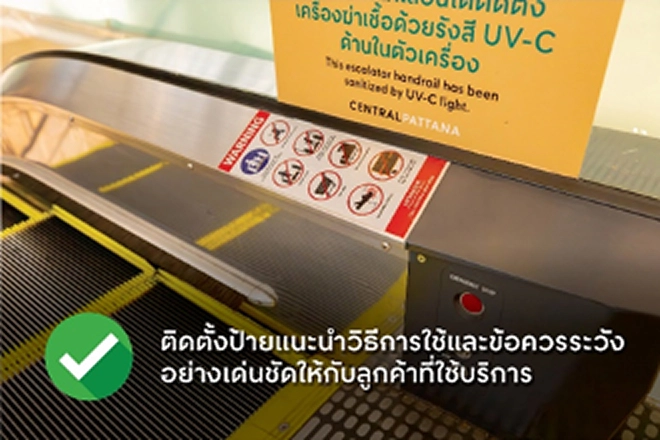
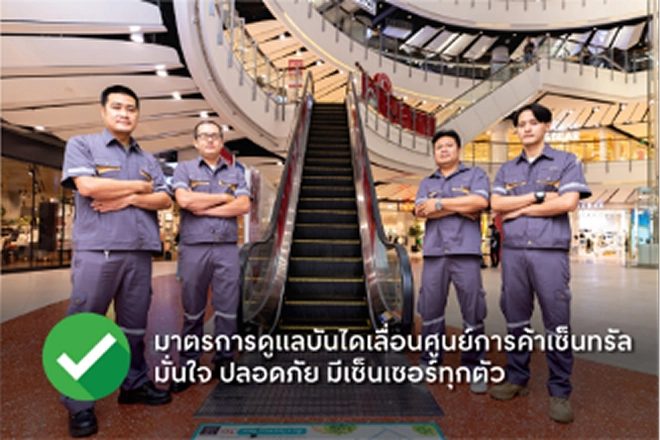
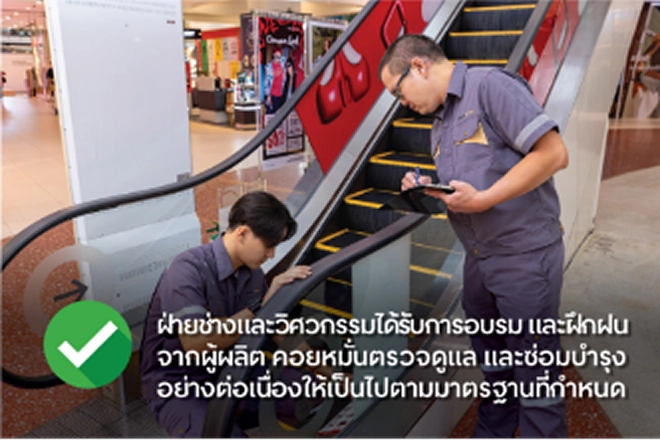
Development of an “Active Shooter Incident Response Manual”
which outlines objectives, scope, responsibilities, process diagrams, pre-incident prevention protocols, response procedures using the Run-Hide-Fight model, reporting steps, communication systems, recovery measures, quality control documentation, and preparedness checklists. This ensures that all stakeholders, including employees, tenants, and customers, can respond swiftly and safely in such emergencies.






